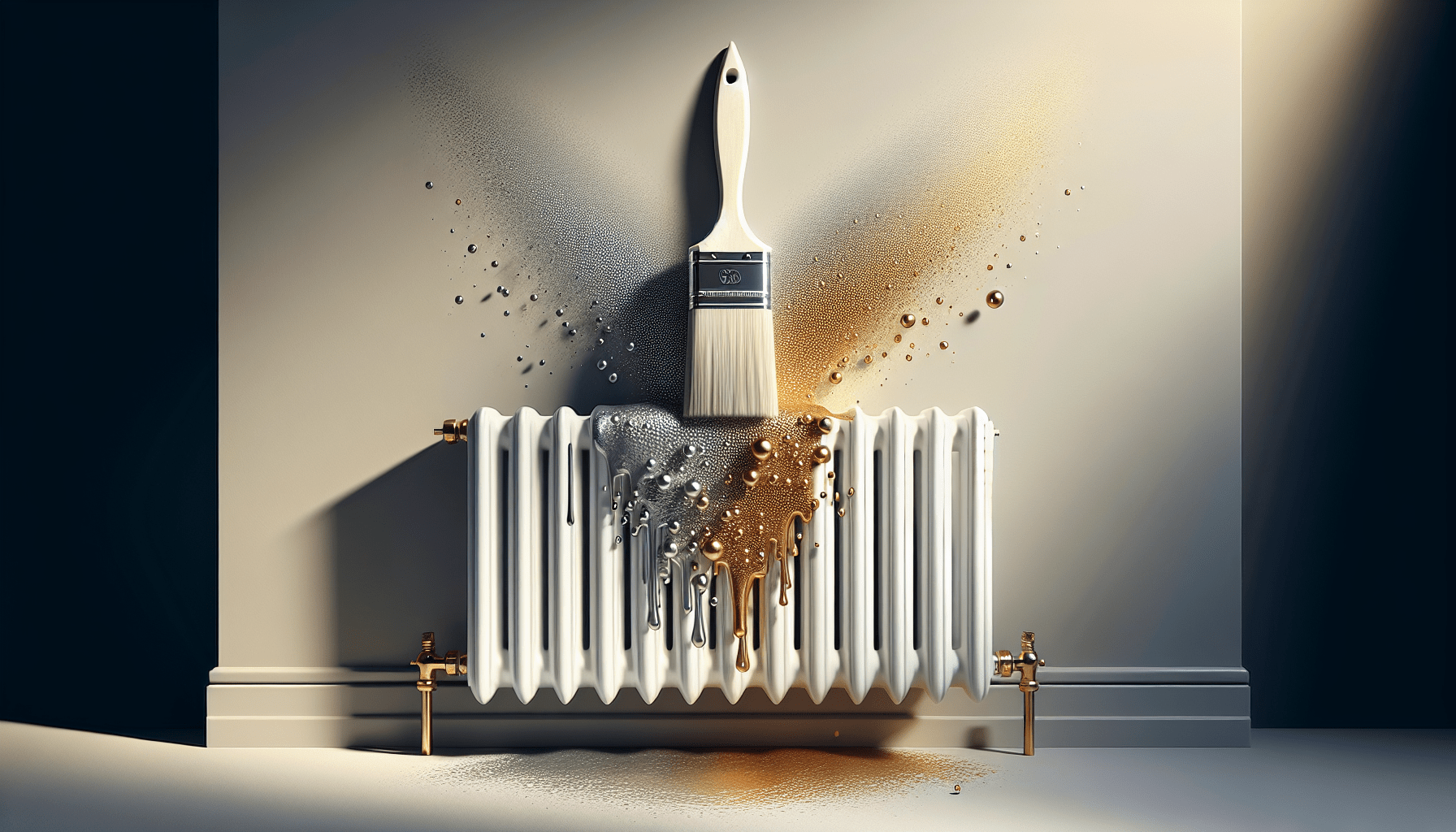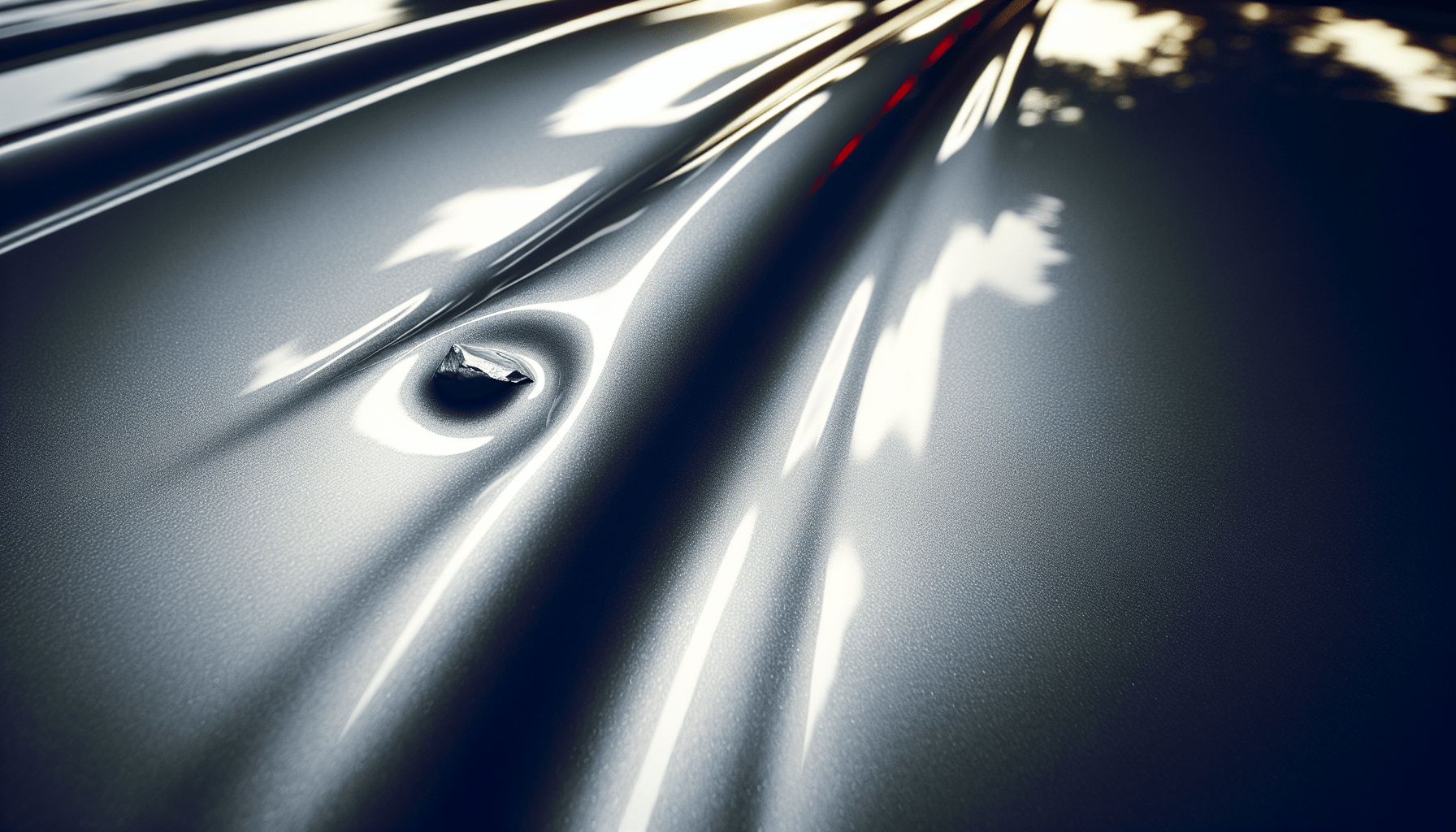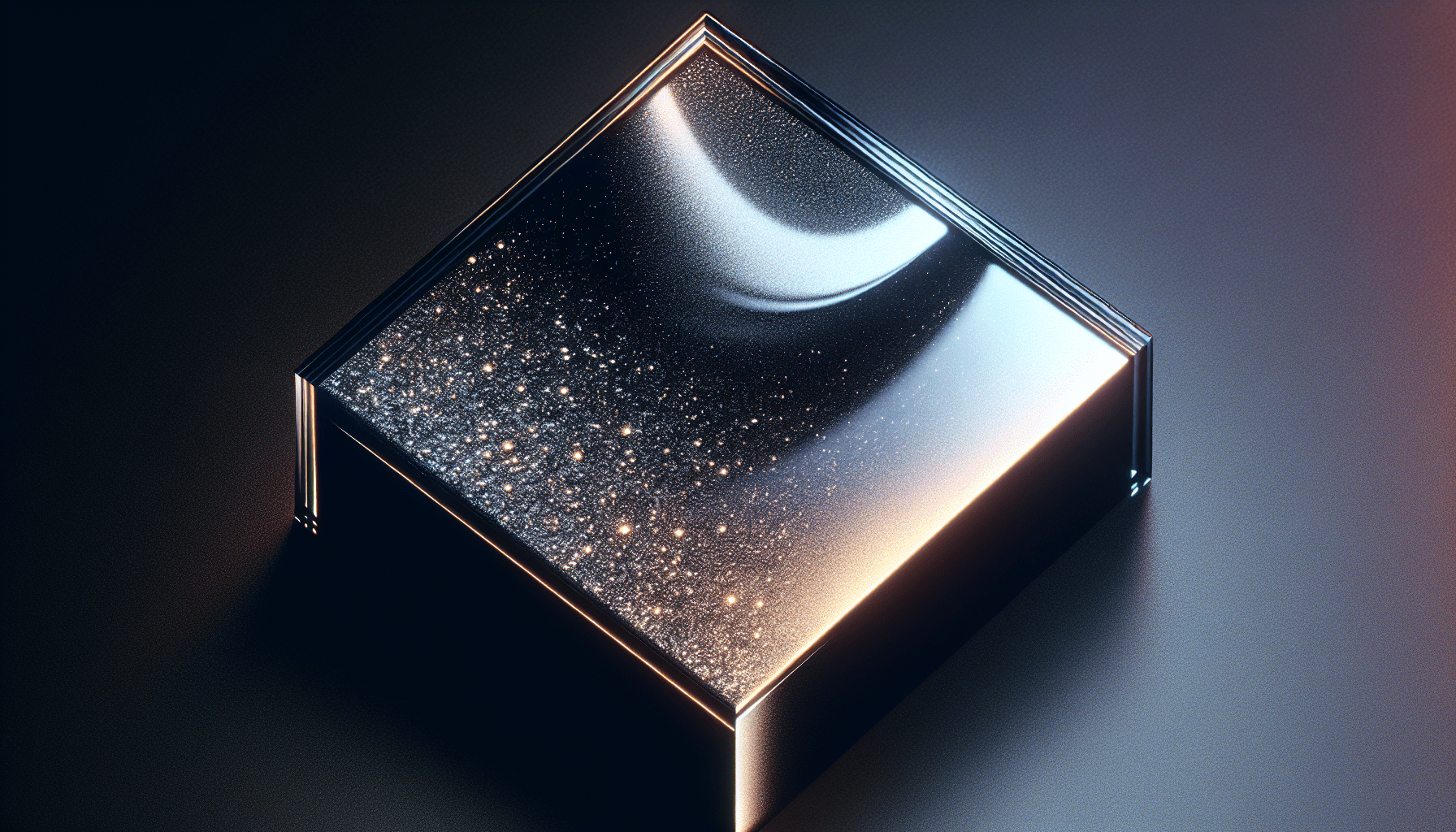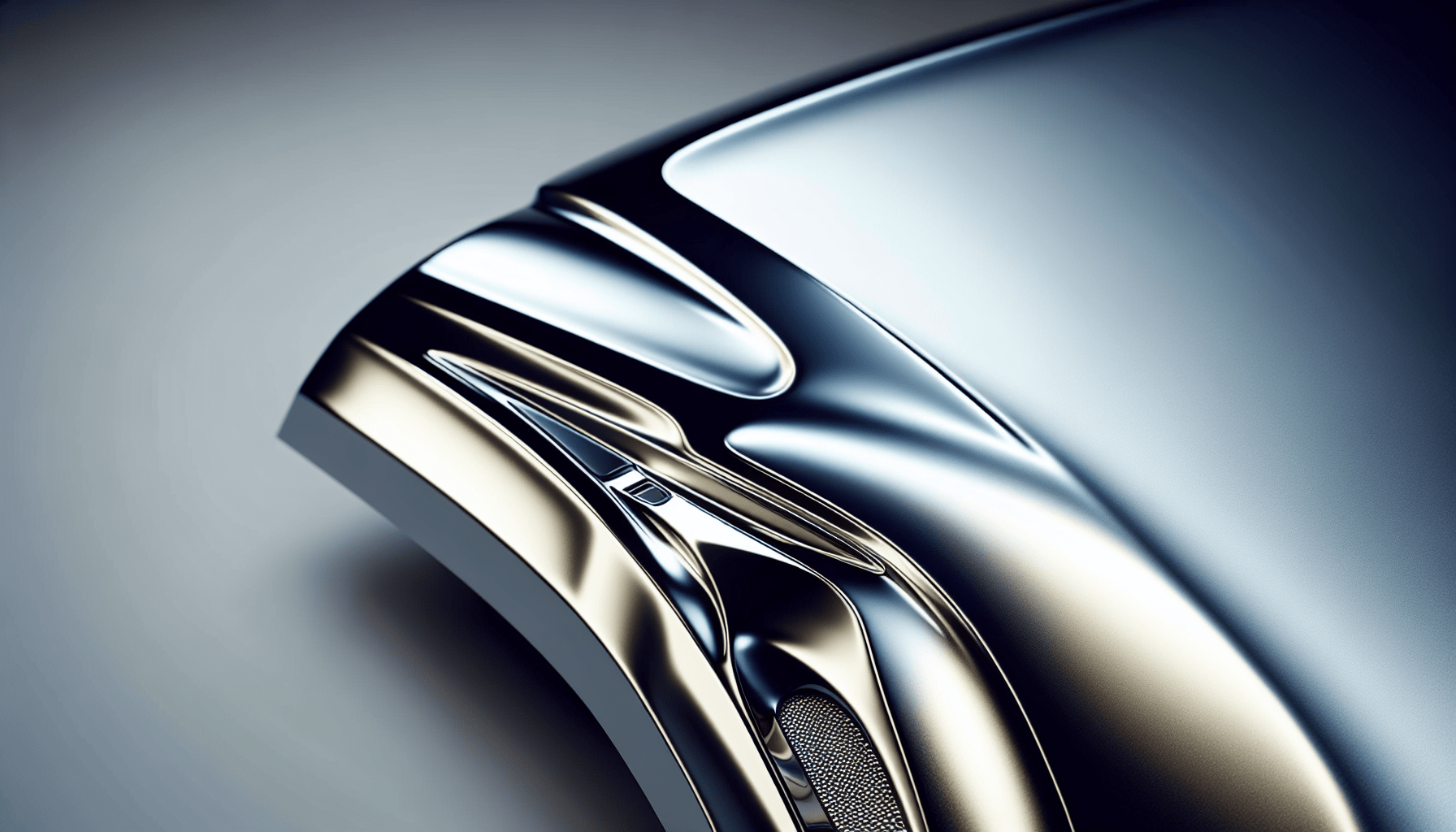Can metal paint be used on radiators? This question often arises for anyone looking to enhance the appearance of their home’s heating elements while ensuring they remain functional and safe. This article will delve into technical aspects, practical steps, and expert recommendations regarding the application of metal paint on radiators.
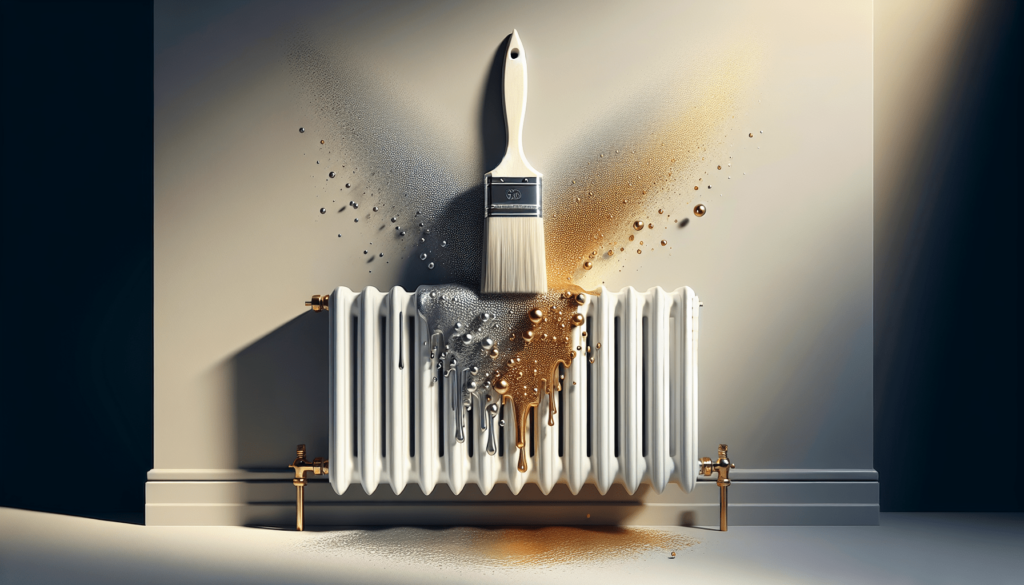
Understanding Radiators and Their Materials
Types of Radiators
Radiators come in various types, and understanding these differences is crucial before applying any paint. Common types include:
- Cast Iron Radiators: Known for their durability and heat retention.
- Steel Panel Radiators: Lightweight and efficient.
- Aluminum Radiators: Offer quick heat-up times but may be less robust.
- Electric Radiators: Similar to central heating radiators but electrically operated.
Heat Output and Functionality
Radiators work by circulating hot water or heating elements to emit heat through convection and radiation. The type of radiator material impacts its heat output and efficiency. Any paint applied should not adversely affect these functionalities.
Is Metal Paint Suitable for Radiators?
Heat Resistance
One of the critical factors to consider is the heat resistance of the paint. Radiators can reach temperatures up to 150°F (65.5°C) or higher. Metal paint must endure this heat without peeling, cracking, or losing its color.
Type of Metal Paint
Not all metal paints are created equal. Some are simply not designed for high-temperature environments. When considering metal paint for radiators, look for labels like “high heat” or “heat resistant” paint. These specific formulations can withstand the temperatures emitted by radiators.
| Type of Paint | Heat Resistance | Ideal For |
|---|---|---|
| Standard Metal Paint | Low to Moderate | Decorative pieces, non-functional metal elements |
| High Heat Paint | High | Radiators, ovens, other heating elements |
| Epoxy Metal Paint | Varies | Industrial machines, heavy equipment |
Surface Preparation
Proper surface preparation ensures the paint adheres well and lasts longer. This involves cleaning, sanding, and priming the radiator surface before applying the metal paint.
The Pros and Cons of Using Metal Paint on Radiators
Benefits
- Durability: High-quality metal paint provides a long-lasting finish.
- Heat Resistance: Specifically formulated to withstand high temperatures.
- Aesthetic Appeal: Enhances the look of otherwise dull radiators.
Drawbacks
- Cost: High heat metal paints can be more expensive.
- Preparation Time: Proper preparation and application can be time-consuming.
- Special Handling: Some paints require precise application and curing conditions.
Step-by-Step Guide to Painting Radiators with Metal Paint
Materials Needed
Before starting, ensure you have the following materials:
- High heat-resistant metal paint
- Primer (preferably heat-resistant)
- Paintbrushes or spray paint equipment
- Sandpaper (medium and fine grit)
- Cleaning supplies (soap, water, rags)
- Safety gear (gloves, mask, goggles)
Surface Preparation
- Turn Off the Heating System: Ensure the radiator is completely cool.
- Clean the Surface: Use soap and water to remove any dirt, grease, or dust.
- Sand the Surface: Use medium and fine-grit sandpaper to create a smooth, paintable surface.
- Apply Primer: If using a primer, apply it evenly and allow it to dry completely.
Painting the Radiator
- First Coat: Apply the first coat of metal paint using even strokes. If using spray paint, ensure even coverage.
- Drying Time: Allow the first coat to dry for the recommended time as per the paint manufacturer’s instructions.
- Second Coat: Apply a second coat for a more durable and even finish.
- Final Inspection: Check for any missed spots or uneven areas and touch up if necessary.
- Curing: Allow the paint to cure completely before turning the radiator back on.
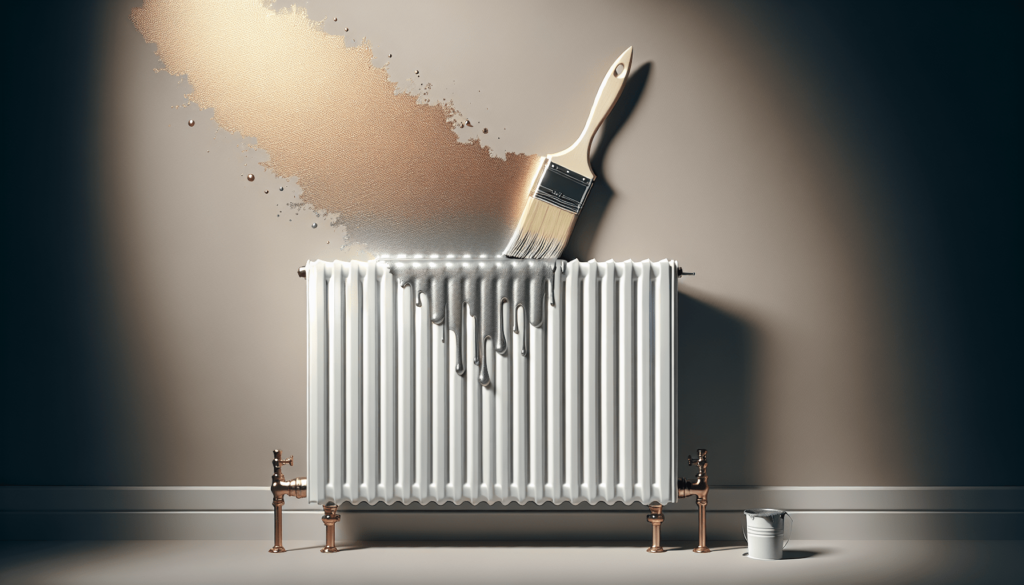
Maintenance and Longevity
Regular Cleaning
To maintain the painted surface, regular cleaning is essential. Use mild soap and water, avoiding abrasive cleaners that can damage the paint.
Touch-Ups
Over time, you may need to touch up the paint. Keep a small amount of the original high heat metal paint on hand for such occasions.
Common Questions and Misconceptions
Can Regular Paint Be Used?
Regular paint is not recommended due to its low heat resistance. It can peel, crack, and emit unpleasant fumes when exposed to high temperatures.
Does Metal Paint Affect Heat Transfer?
High-quality metal paints specifically designed for radiators are formulated to have minimal impact on heat transfer. They ensure that the radiator’s efficiency is not compromised.
How Long Does the Paint Last?
The longevity of the paint largely depends on the surface preparation and quality of the paint used. Properly applied high heat metal paint can last several years without substantial wear.
Expert Recommendations
Choosing the Right Paint
Experts recommend opting for recognized brands that specialize in high heat-resistant paints. Reading reviews and seeking professional advice can also guide you in making the best choice.
Professional vs. DIY
While DIY painting can be cost-effective, hiring a professional ensures proper application and longevity. Professionals are well-versed in preparation, application, and curing processes, providing a higher quality finish.
Conclusion
Painting radiators with metal paint is not only feasible but can also enhance the aesthetics and durability of your heating elements. By choosing the right type of high heat-resistant metal paint, preparing the surface meticulously, and following proper application techniques, you can achieve a professional-looking finish that withstands the test of time. Consider the benefits, drawbacks, and expert insights provided here to transform your radiators both functionally and aesthetically.
